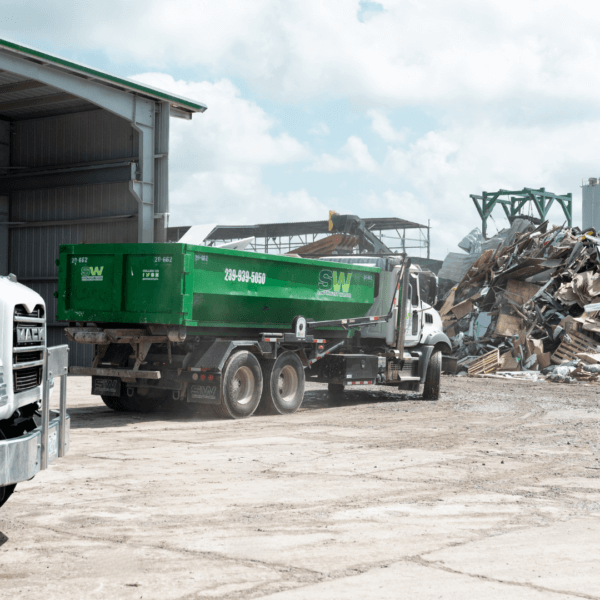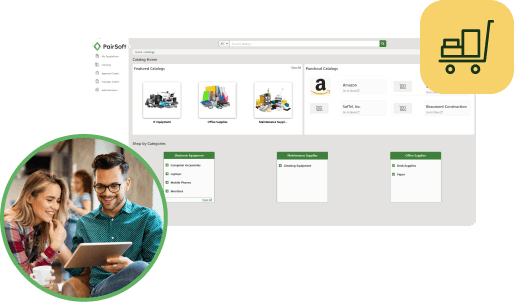Americans in every state—along with populations around the world—are facing what bodes to be a new normal in the wake of the Coronavirus/COVID-19 pandemic. Even if your community has not yet experienced a major outbreak, it’s vital that every one of us take steps now to
flatten the curve and slow the spread of this dangerous virus.
While there is no shortage of resources and opinions about the virus and how it is (and isn’t) spread, we wanted to highlight two overarching action steps we can all build into our daily routines. Here we’ve gathered some best practices for employers and employees alike.
Cleanliness is job #1
You’ve heard it before, but it’s worth another reminder: one of the best ways to slow the spread of the virus, reducing the risk to you and to others, is to wash your hands frequently and thoroughly.
In addition, clean and disinfect frequently touched surfaces, including tables, doorknobs, light switches, countertops, handles, desks, phones, keyboards, toilets, faucets, and sinks.
Some other tips:
- Wash your hands often and properly.
- Disinfect touched surfaces.
- Avoid handshakes (try the elbow bump instead).
- Cover your cough (and not with your hands).
- Don’t touch your face.
- Eat healthy and get enough rest.
Maintain your distance
Social distancing practices are being recommended for everyone—not just those who may be feeling ill. Avoiding situations where you are in close contact with others will help slow the spread, protecting us all.
With that in mind:
- Work from home if you can.
- STAY HOME if you are feeling ill.
- Utilize virtual meeting apps.
- Video chat with loved ones and colleagues.
- Limit discretionary outings.
- Avoid close contact in any and all of your outings.
- Consider what you touch amid new evidence the virus can survive long periods of time on hard surfaces.
Stay calm and stay strong
While it’s vital that we all take the Coronavirus pandemic seriously, and for everyone to take the proper steps to minimize its spread, it’s also crucial that we don’t succumb to hysteria.
For example, wearing a mask is not currently recommended if you are not ill. With masks in short supply, we must ensure our medical professionals have the safety equipment they need.
We encourage you to visit the CDC’s Steps to Prevent Illness page for additional information. And for additional workplace recommendations, review the WHO’s Getting your workplace ready for COVID-19 document.
We wish you, your family, and your colleagues good health!







